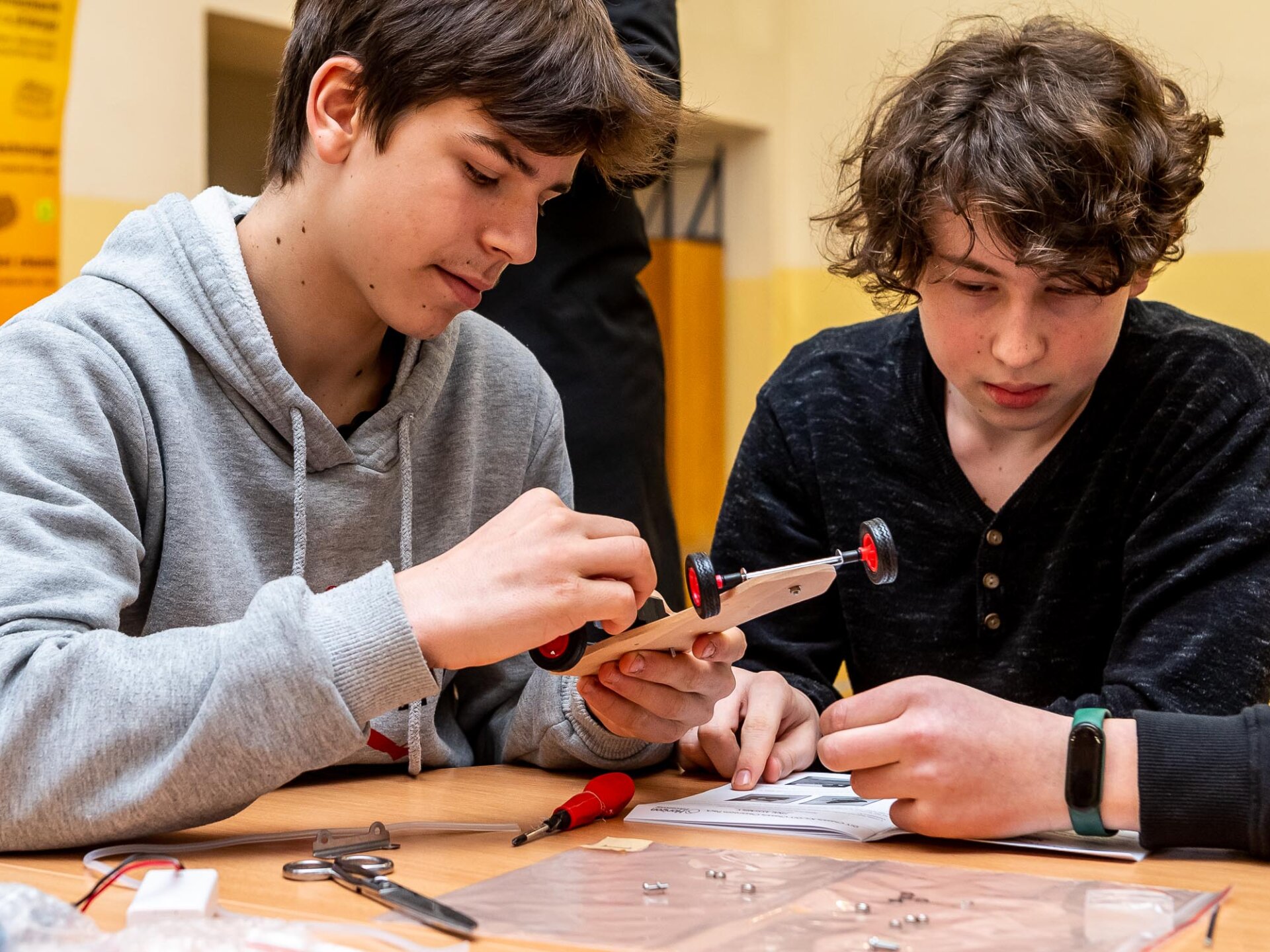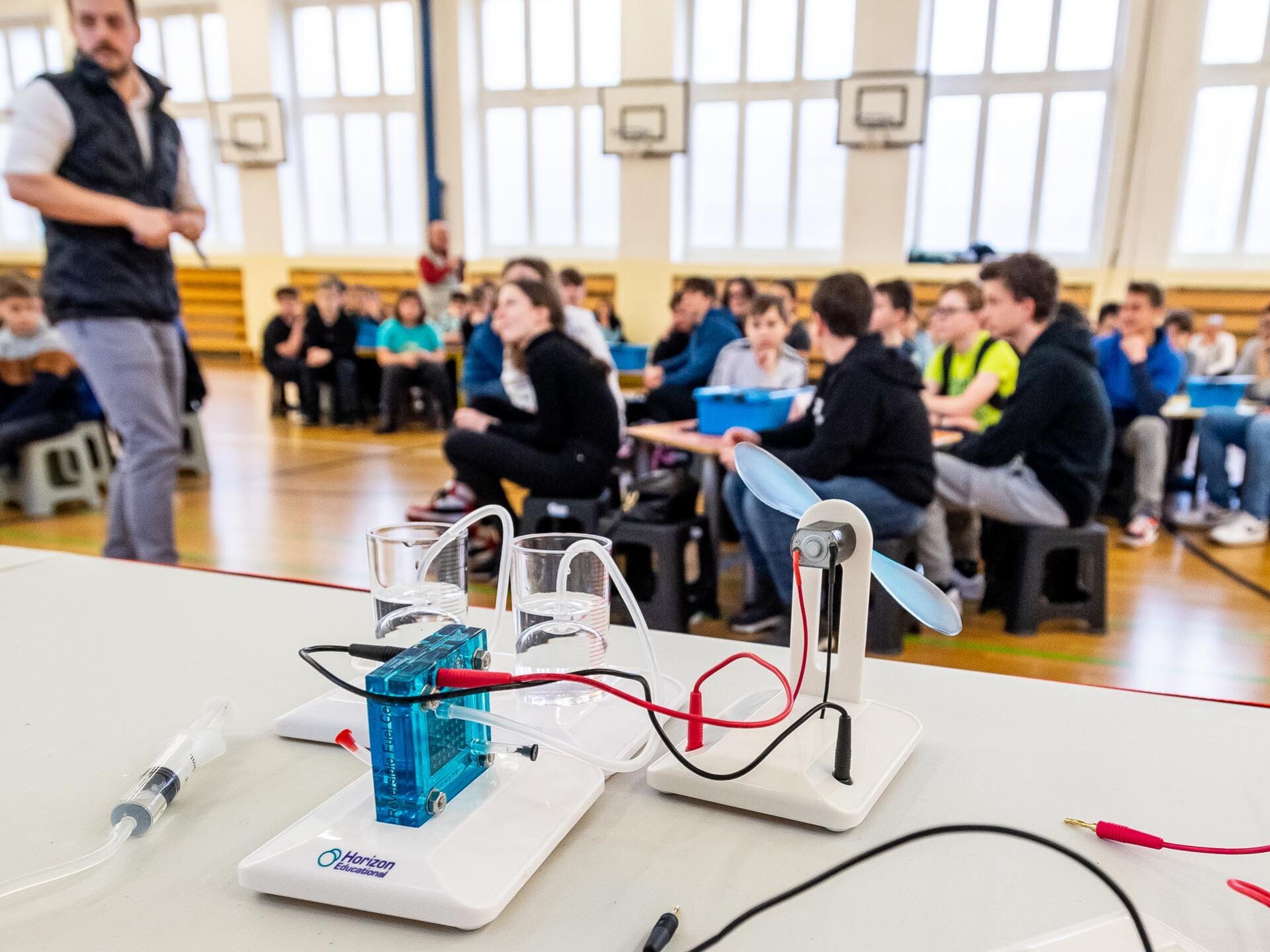STEM in The Classroom: A New Approach
Introduction
‘STEM education’. Mention the words and students often tune out and stop paying attention. Science and math classes all too often lead to disengagement and disinterest among our students. Rote learning, passively listening to the teacher and attempting to memorize facts and formulas don’t usually work as a means of engaging a class. But what about new approaches to STEM in the classroom? How can teachers teach science and engineering while making these subjects fun, engaging and meaningful? Below you’ll find a complete guide to the different approaches teachers have used to revolutionize STEM education in the classroom.
STEM in the Classroom: The Traditional Approach
For decades, and especially prior to the year 2000, STEM subjects were taught in an extremely traditional manner. Classroom teaching techniques involved what educators call ‘teacher-centric’ instruction where the instructor was at the center of the classroom setup. There was usually a complete reliance on textbooks, with the teacher guiding students through the curriculum chapter by chapter, with little room for individual expression or real-world problem-solving.
One aspect of traditional teaching that’s often overlooked is location and time. Classes were conducted in the same room and at the same time on schedule, and the physical presence of the teacher and student in one space was considered unquestionable.


Problems with this Approach
The issues with traditional STEM education techniques are manifold. For starters, students often not engaged by these educational methods. Having a teacher simply stand in front of a class and recite facts or go through a textbook doesn’t give students a reason to pay attention and remain focused on the task at hand. And academic studies have confirmed what common sense has long indicated: even slight boredom in school really does lead to worse academic outcomes.
What’s more, this ‘traditional’ form of teaching – with its emphasis on textbooks and memorization – isn’t usually enjoyable for students or even the educator. This means students tune out, become disengaged and retain less information.
Finally, guiding students through a textbook or instructing them to recite facts just doesn’t instil the kind of soft skills that employers look for nowadays. While having an understanding of technical specifics or ‘hard’ math skills can help at work, employers look for people with creativity, innovation, real-world problem-solving skills and the ability to work well in a team. It’s exactly these skills that ‘tradition’ forms of STEM classroom teaching lack.
STEM in the Modern Classroom
Fortunately, there’s a solution that addresses all of these issues. It’s called project-based learning (PBL), and schools around the world are using it to transform STEM education in the classroom.
Project-based learning isn’t a new concept. But in the past two decades it’s become a key tool to empower students in taking ownership of their learning. Teachers have traditionally been what might be called the ‘gatekeepers’ of knowledge, and letting go of this historical position of power might be a little unsettling at first. With PBL, the role of the teacher is transformed from ‘gatekeeper’ to providing oversight and guidance, allowing students to learn from mistakes. Rather than feeding students facts they must memorize, teachers give them the space and tools to come up with their own unique solutions to engineering problems they encounter.
This form of education has one key benefit above all else: it simply better reflects what happens in “the real world”. For example, students might be tasked with designing, engineering and constructing a model car, perhaps powered by a clean energy technology. During this process they’ll encounter problems and learn how to overcome them independently, using math, engineering, chemistry and design skills in combination.
This type of learning has other benefits as well: students learn about personal responsibility, critical time management skills and project-based collaboration. For teachers, PBL also allows for different ways of assessing students at different stages of the project, and these multiple forms of assessment can test skills far beyond what routine memorization exercises offer.
Conclusion
STEM in the classroom has undergone a revolution in recent years. While traditional forms of teaching focused on routine memorization and textbook-based learning, modern-day project-based learning is now considered the gold standard for STEM classroom education. This means kids can not only understand STEM concepts theoretically, but apply these concepts to real-world problems in ways that prepare them for meaningful clean energy careers.

